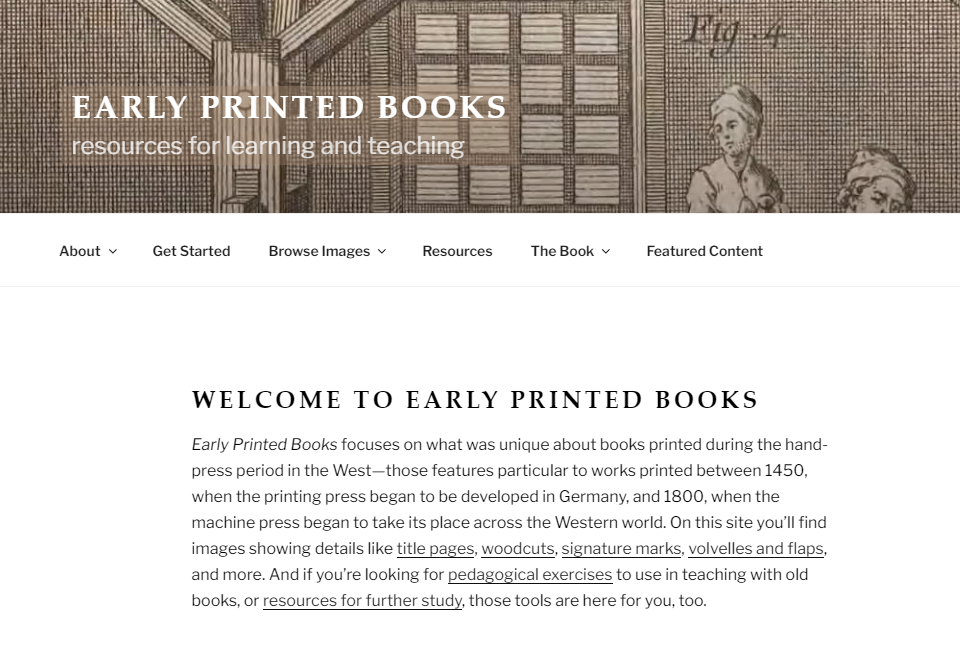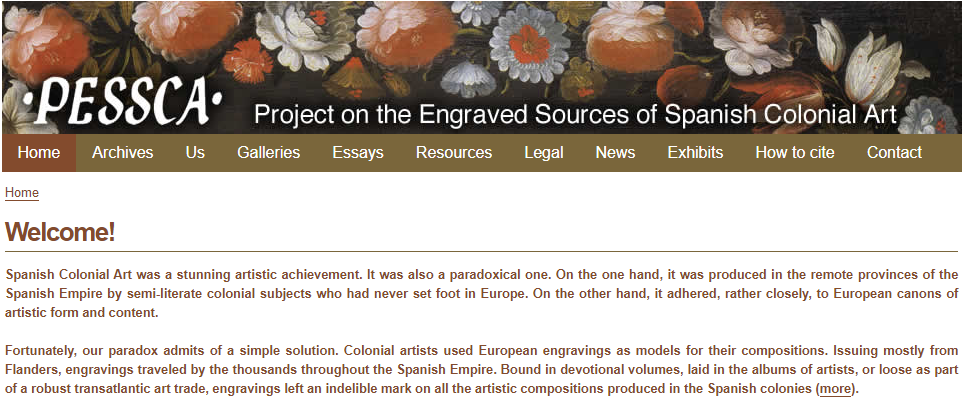
Urus is a guide for academics and general users interested in the themes of production and reception of prints in Poland, Lithuania, and Prussia from the 15th to the 17th centuries. The database takes its name from the aurochs — or urus in Latin — a now-extinct species of large wild cattle whose habitat in the 16th century was already limited to remote corners of Eastern European forests. The ambition of the Urus project is to collect hitherto insufficiently explored instances of Early Modern printmaking and print consumption in Poland, Lithuania, and Prussia. The database provides an insight into robust East and Central European material, both textual and iconographic, and its far-reaching connections.
The making of Urus brought together members of two scientific projects led by Professor Grażyna Jurkowlaniec and funded by the National Science Centre, Poland: “Reframed Image: Reception of Prints in the Kingdom of Poland from the End of the Fifteenth to the Beginning of the Seventeenth Century” (2016–2020) and “Matrix of Confusion: The Production of Woodcut Illustrations in Poland–Lithuania and Prussia until the Early Seventeenth Century” (2019–2023).


